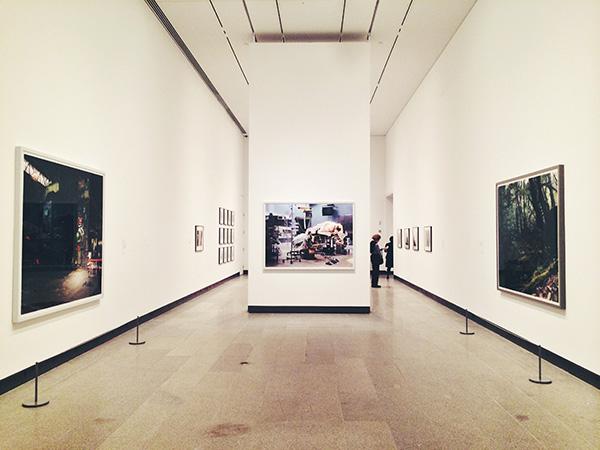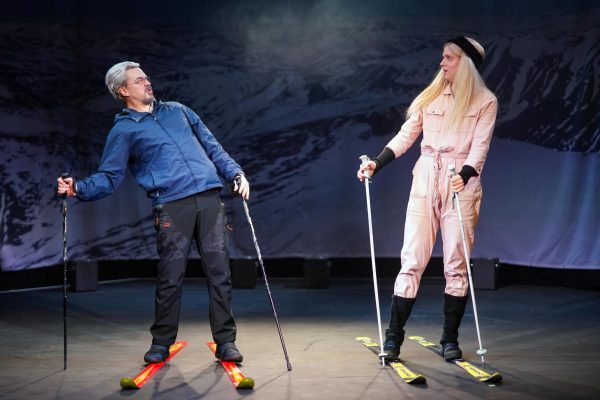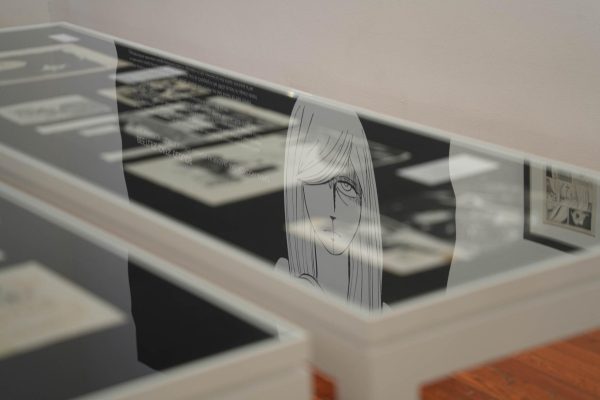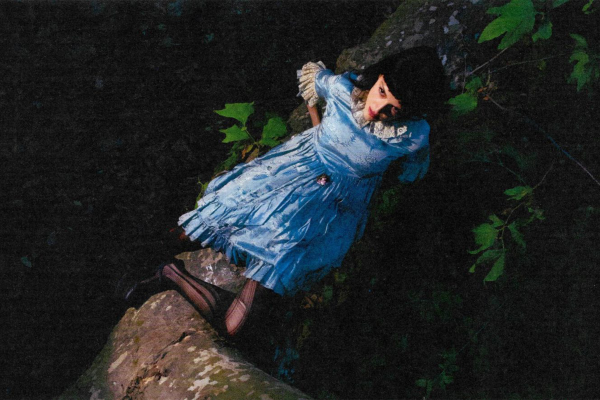Cultural photos on display at Met
Related Stories

The layout of “Thomas Struth: Photographs” can be seen at The Metropolitan Museum of Art
Known for his famous “Museum Photographs” — a collection of large color photos depicting people visiting museums, squares and other cultural destinations around the world — German photographer Thomas Struth is one of the most celebrated artists in the last half-century. The Metropolitan Museum of Art’s “Thomas Struth: Photographs” offers a comprehensive look at Struth’s multidimensional career, featuring his early black-and-white landscapes of streets in New York City shot in 1978, along with his recent and previously unseen depictions of rapidly disappearing industrial architecture.
At more than five feet tall and seven feet wide, large landscapes fill the white walls of the airy gallery space. Among the photographs featured is the celebrated “Pantheon, Rome,” depicting visitors gazing in awe at their historical and cultural surroundings. Initially, critics assumed that the artist was mocking the idea of mass global tourism by turning cultural meccas into Disneyland-like destinations. On the contrary, the artist possesses a more positive outlook and is instead capturing the relationship between viewers and art, transforming spectators into active participants as they reinterpret the past.
Similarly, in the series “Tien An Men, Beijing,” Struth captures the presence of an individual in relation to a chapter in history — Struth pairs the monumental, dominating portrait of Mao Zedong with a snapshot of an anonymous female citizen. The pairing looks back to the infamous day of protests on June 4, 1989, which turned violent when the People’s Liberation Army opened fire on unarmed students protesting for democracy.
“The Restorers at San Lorenzo Maggiore, Naples” exemplifies the artist’s working method. Struth primarily photographs people after knowing them for an extended period of time. Here, the subjects are four art restorers he befriended in Italy. The transfixing effect felt in this photograph is achieved by using slow exposure to highlight the tremendous amount of detail, and a shallow depth of field to bring the four figures into alignment in front of the viewer.
The most famous work of Struth’s career came in the late 1990s. Following the fall of the Berlin Wall and the end of the Cold War, Struth ventured from such places as Japan and China to Australia and Germany seeking unspoiled sites around the world and capturing human nature’s constant desire for renewal.
More recently, Struth photographed a hot rolling mill in Duisburg, Germany, in the same manner that was applied in his acclaimed photographs of people looking at art in cultural spaces. With the use of slow exposure and a shallow depth of field, each railing and mark of rust is visible.
With a career spanning four decades, Struth has been a key figure in the contemporary art world. His work emphasizes the critical medium of photography, using it to represent one’s awareness of an environment.
“Thomas Struth: Photographs” is on view at the Metropolitan Museum of Art until Feb. 16, 2015.
A version of this article appeared in the Thursday, Oct. 2 print edition. Email Stephanie Cheng at [email protected].
































































































































































